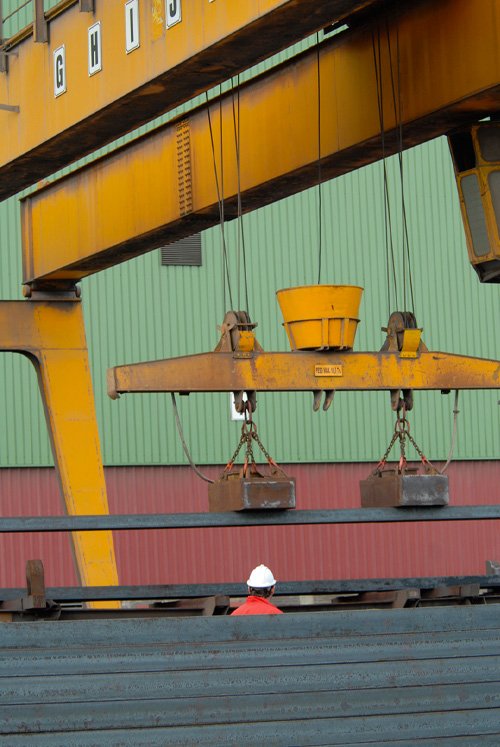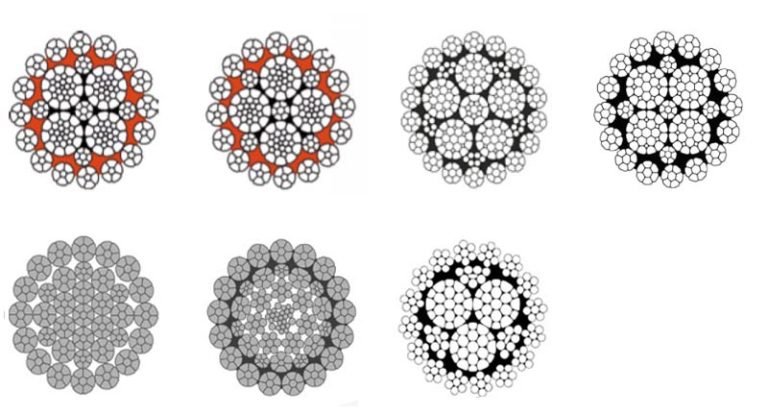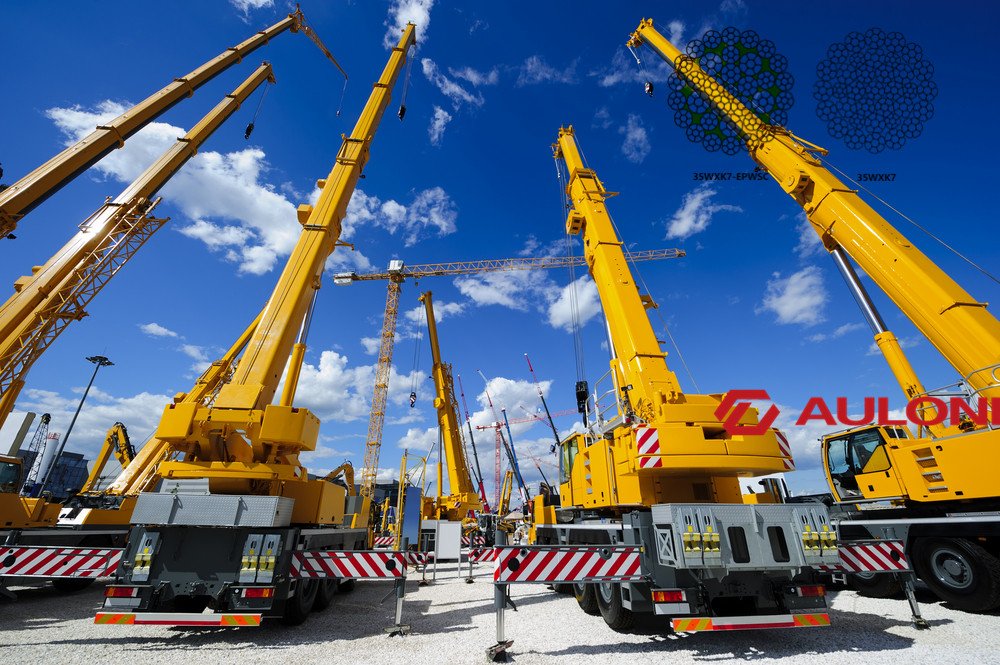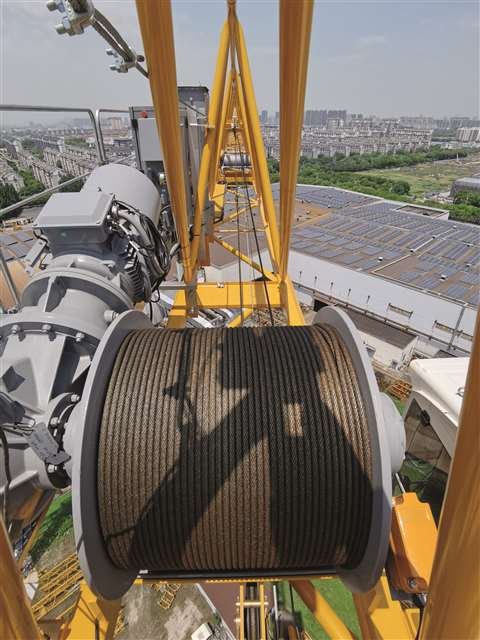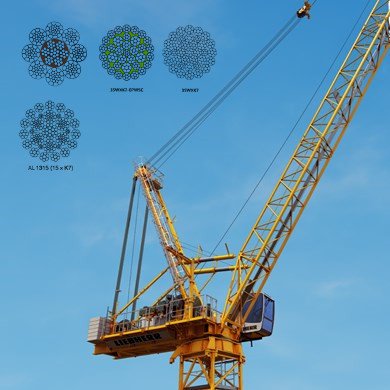Cutting large steel cables requires specialized tools and techniques due to the strength and thickness of the material. Here are some common methods used for cutting large steel cables:
1. Cutting Torch (Oxy-Acetylene Torch):
- Method: The oxy-acetylene torch produces a high-temperature flame that melts through the steel cable.
- Process:
- Preheat the area where the cut will be made.
- Direct the flame onto the steel cable, focusing on one spot until it starts to melt.
- Move the torch along the length of the cable to create the desired cut.
- Considerations:
- Requires skilled operators to control the torch and ensure a clean cut.
- Generates heat and sparks, so appropriate safety precautions are essential.
2. Plasma Cutting:
- Method: Plasma cutting uses a high-velocity jet of ionized gas to melt and remove metal.
- Process:
- A plasma torch creates an electrical arc that ionizes gas (usually compressed air) passing through a nozzle.
- The ionized gas, or plasma, conducts electricity from the torch to the workpiece, melting the steel.
- The high-velocity plasma stream blows away the molten metal, creating a clean cut.
- Considerations:
- Suitable for cutting thick steel cables quickly and with minimal heat-affected zones.
- Requires specialized equipment and safety gear.
3. Abrasive Cutting (Cut-Off Saw):
- Method: Abrasive cutting uses a high-speed abrasive wheel to grind through the steel cable.
- Process:
- Secure the steel cable in a suitable cutting fixture or vise.
- Position the abrasive cut-off saw with the abrasive wheel perpendicular to the cable.
- Start the saw and slowly feed it into the cable, applying steady pressure to achieve a clean cut.
- Considerations:
- Effective for cutting thick steel cables but may produce more burrs and require additional finishing.
- Generates sparks and debris, so proper eye and respiratory protection are necessary.
4. Hydraulic Cable Cutter:
- Method: Hydraulic cable cutters use hydraulic pressure to shear through steel cables.
- Process:
- Place the steel cable in the jaws of the hydraulic cutter.
- Activate the hydraulic pump to apply pressure to the cutting blades.
- The blades close on the cable, shearing it cleanly.
- Considerations:
- Provides precise, clean cuts with minimal effort.
- Suitable for heavy-duty applications but requires hydraulic power source and specialized equipment.
Safety Precautions:
- Always wear appropriate personal protective equipment (PPE), including eye protection, gloves, and hearing protection.
- Ensure proper ventilation when using cutting torches or plasma cutters to avoid inhalation of fumes.
- Keep bystanders at a safe distance and secure the workpiece to prevent movement during cutting operations.
- Follow manufacturer instructions for equipment setup and operation to prevent accidents.
Conclusion:
Cutting large steel cables requires careful consideration of the appropriate method based on factors such as cable thickness, workspace constraints, and available equipment. By using the right tools and techniques, along with observing safety precautions, you can efficiently and safely cut steel cables to meet your specific needs.

